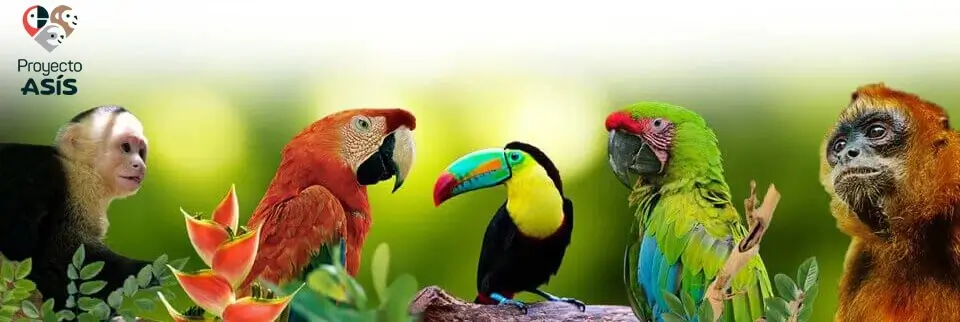The Mantled Howler Monkey (Alouatta palliata) is one of the most iconic primates of Central and South America, known for its deafening roars that echo through tropical forests. These social, leaf-eating monkeys play a crucial role in their ecosystem—but they face growing threats.
Anatomical Characteristics: Built for Life in the Trees
- Size: 56–92 cm (22–36 in) long + prehensile tail (same length as body!)
- Weight: 4–10 kg (9–22 lbs)—males larger than females
- Coloration: Black fur with golden “mantle” on sides (hence the name)
- Vocal Power: Hyoid bone amplifies their legendary howls (heard 3+ miles away!)
- Adaptations: Strong tails for gripping branches, slow metabolism for leaf-heavy diet
Conservation Status: Are They at Risk?
- IUCN Status: Least Concern (LC) but declining in some regions
- Regional Threats: Habitat loss has made them locally endangered in Mexico & Costa Rica
Biology & Ecology: The Leaf-Eating Specialists
- Diet: Primarily leaves (50+% of diet), plus fruits, flowers, and rare insects
- Behavior:
- Slow-moving (energy-saving due to low-nutrient diet)
- Highly social (live in groups of 10–20, led by a dominant male)
- Territorial – Howls mark their home range
- Role in Ecosystem: Seed dispersers that help regenerate forests
Population Trend: Why Are Numbers Dropping?
While still widespread, declines are linked to:
- Central America: 30% habitat loss in 25 years (especially Nicaragua/Honduras)
- South America: More stable but fragmented populations
Geographical Distribution: Where Do They Live?
Found from southern Mexico to northern Peru, including:
- Tropical rainforests (lowland & montane)
- Mangroves (unusual for primates!)
- Protected areas (e.g., Costa Rica’s Corcovado NP)
Threats to Survival: The Biggest Dangers
1️⃣ Deforestation (logging, agriculture, urbanization)
2️⃣ Hunting (for bushmeat or pet trade—despite legal protections)
3️⃣ Climate Change (droughts reduce food availability)
4️⃣ Road Mortality (hit by vehicles when crossing fragmented forests)
Reproductive Cycle: Family Life in the Treetops
- Mating: Year-round, but peaks in rainy season
- Gestation: 6 months (long for New World monkeys)
- Birth: Single infant (rarely twins), clings to mom’s belly
- Maternal Care:
- Nursed for 12–18 months
- Males protect the group but don’t parent directly
- Lifespan: 15–20 years in wild
How to Help Protect Howler Monkeys
- Support reforestation projects in Central America
- Choose eco-friendly tourism (avoid feeding wild monkeys)
- Donate to NGOs like Rainforest Trust or local wildlife rescues
- Spread awareness (share this post!)
Voices of the Forest Need Our Help
Mantled Howler Monkeys are more than just loud neighbors—they’re gardeners of the jungle, shaping the forests they call home. While still widespread, their survival depends on protecting their habitat and reducing human conflicts.
Did you learn something new? Share to educate others! 🌿📢
















You must be logged in to post a comment.